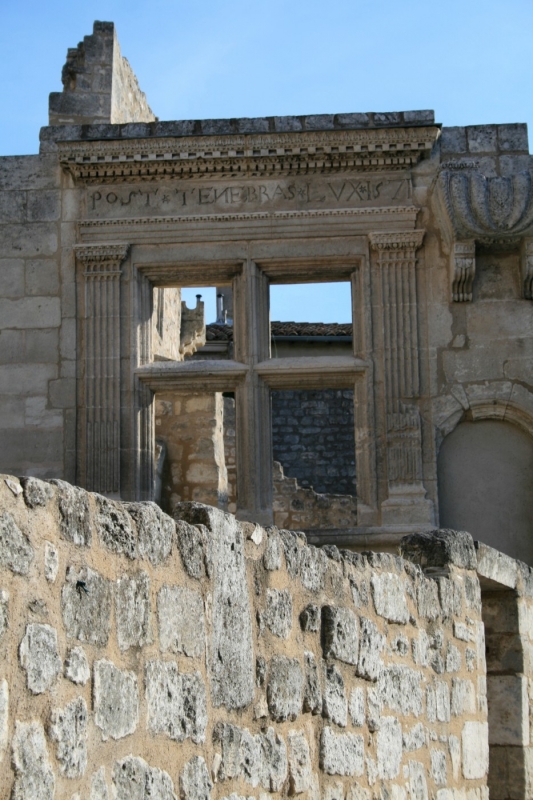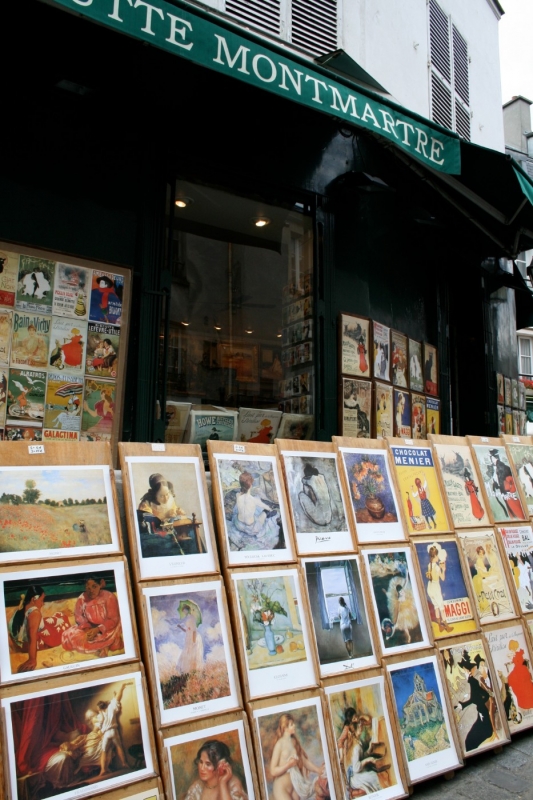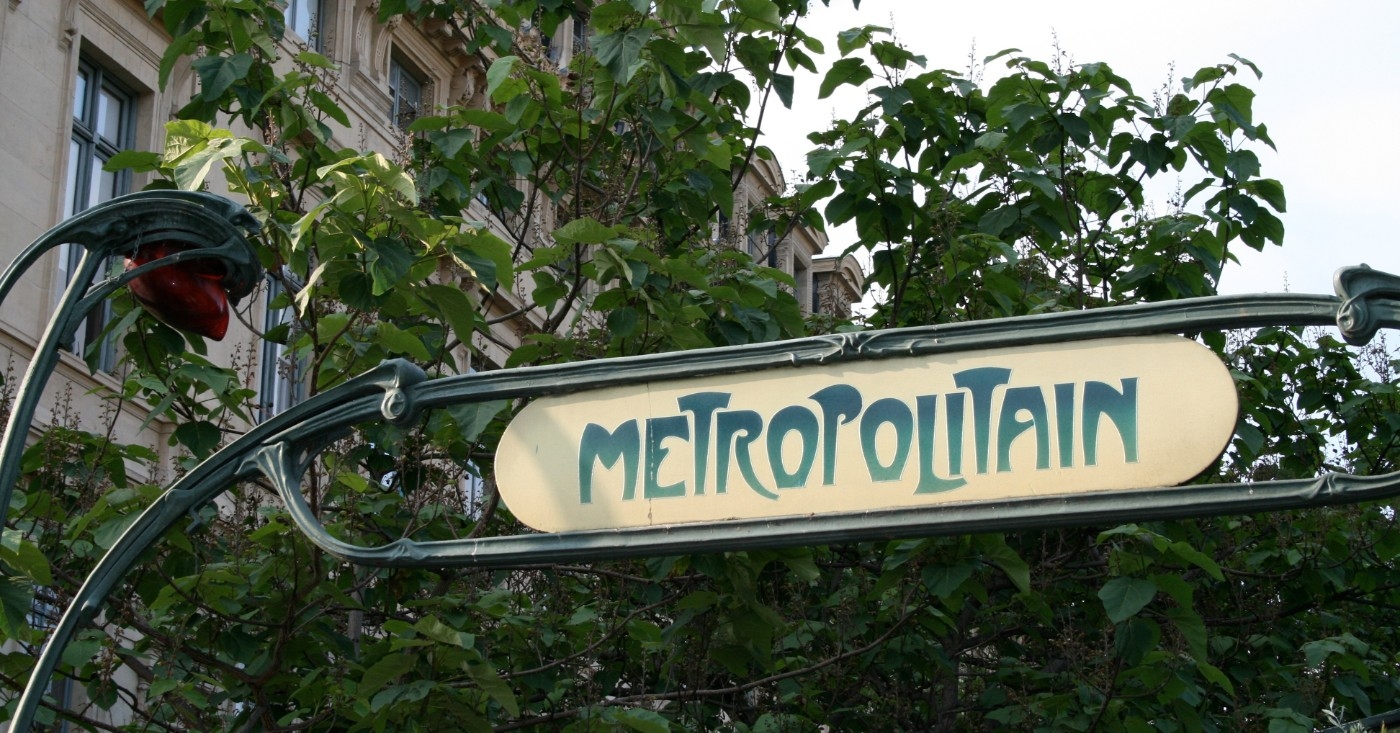∞ Originally published in the Vancouver Province and Montreal Gazette, February 1, 2009. ∞
In Woody Allen’s Vicky Cristina Barcelona, the director created an on-screen love triangle between beautiful actors bathed in the golden light of Barcelona, Spain’s Catalan capital. But just as seductive was his love letter to the city itself.
In the film (just released on DVD), Allen follows American tourists Vicki (Rebecca Hall) and Cristina (Scarlet Johansson) as they sojourn in the city. An encounter with a sexy Spanish stranger, artist Juan Antonio (Javier Bardem) turns into an entanglement, complicated when Juan’s ex-wife, mercurial Maria Elena (Penélope Cruz) comes into the picture. A summer of wine, sunshine and adultery follows, against a series of breathtaking backdrops. But Barcelona itself — the fanciful Gaudi architecture, late-night tapas, and scenic seashore strolls — is the most compelling character.
Going behind the scenes, and exploring the city and its surrounds by retracing the film’s location shoots, is a creative way to compose your own ode to Barcelona.
GAUGING GAUDI
In the film, Vicky is studying for her masters in Catalan culture, inspired by her love for Gaudi’s church and Spanish guitar. Start your tour with similar inspiration from Spain’s master of architecture.
Antoni Gaudi, born in southern Catalonia in 1852 to a family of coppersmiths, studied architecture in Barcelona and contributed his first Modernist pieces to the city — lampposts in the Placa Reial — in 1878. As he made contacts, he was commissioned to create private family homes like the Casa Vicens (his first important work) and Palau Guell in the Raval district, both now UNESCO Heritage Sites, and worth wondering at from the sidewalk.
Then, head to the Passieg de Gracia, the city’s 5th Avenue equivalent and monument to Modernism. Here you’ll find Casa Batlo and La Pedrera, Gaudi’s exuberant apartment building. Its iconic curved balconies stop passersby in their tracks, and visitors can tour through a period apartment and explore the rooftop funhouse and its spectacular views. Parc Guell, a UNESCO Heritage Site, sits above the city in the hilly Vallcara district, and its playful mosaics and serpentine passageways compete with the views. Gaudi’s own home is on site, now a museum dedicated to his life.
A breathtaking ride up to the rafters and spires of La Sagrada Familia, Gaudi’s unfinished masterpiece, caps off a survey of his work. Gaudi joined the project as principal architect in 1883 but died before even a fraction was completed. Eight of the planned 12 spires have been built so far — the church as a whole, dubbed the eighth wonder of the world, is not set to complete until 2030. But what is here is inventive and monstrous in scale. Brave souls can descend from the spires down a funnel of stone stairs with peek-a-boo views of mosaics and gargoyles. Those with vertigo are advised to take the elevator or limit exploring to the crypt museum. The Nativity Façade, with 100 plants and animals sculpted in stone, is magnificent, and the quick pass Allen gives the site in his film doesn’t begin to do it justice. Spend at least a few hours appreciating its wonders.
PARSING LE PASEO
The heart of the city, if not the film, is Las Ramblas. Locals were reportedly incensed when filming shut down their favourite street. But today, the only thing blocking your path on this kilometre-long promenade will be legions of tourists. In the film, Cristina flits through the flower stalls taking pictures, and you too can weave through the crowds to gawk at the stalls offering everything from caged birds to postcards. Just off Las Ramblas is the Mercat de la Boqueria, a chaotic, colourful covered market full of the best produce and delicacies the region has to offer. Visit and prepare for a picnic. The central Parc Cuitadella gardens, with its tall shady palms and ornate fountain makes a great scene-setter.
One of the best places to while away the afternoon with a sparkling cool glass of cava (Spanish champagne) or rojas (red wine) is in the Barri Gotic, El Born and Raval districts to the left and right of Las Ramblas. You’ll catch Allen’s characters roaming these narrow, labyrinthine streets lined with shops and cafes taking arty photos and flirting. Why not do the same?
Spend a few hours exploring with a long paseo (stroll). Then settle in for a late lunch (locals dine between 2 and 4 p.m.) at an outdoor cafe in a hidden placa (square) off of Las Ramblas, like the Placa Reial or Placa Saint Josep Oriol. A cold glass of Spanish cervesa and a table of tapas should do the trick: sample the arbequina olives, patates bravas (spicy potatoes), puntillitas (battered fried baby squid), gambas al ajillo (prawns with garlic) and pernil (serrano ham).
MUSING ON MIRO
“Life,” goes the film’s tagline, “is the ultimate work of art.” But artwork figures prominently too, both in the film and the city. In the movie, galleries and studios provide a canvas for intrigue. Tortured painters Juan and Maria Elena express their emotions by slashing primary colours and thick black lines over canvas. Their slapdash results are crudely reminiscent of one of Spain’s true artists, Miro.
The Fundacio Joan Miro, founded by the artist in 1975 on Monjuic, the city’s mountain park, is home to more than 11,000 of his works from surrealism to textile creations, and features a café and rooftop patio. (Not all of Miro’s works are indoors: don’t miss the Miro mosaic on the Las Ramblas cobble-stones.) Spend an afternoon or two when the sun is at its height gallery-hopping through cool, air-conditioned rooms. Nearby on Monjuic is the Museu Nacional d’Art de Catalunya which delves into medieval art and the efforts of Catalan painters.
Back in the city centre, the Museu Picasso in a medieval palace in La Ribera takes visitors on a chronological tour one of Spain’s other great painters, Pablo Picasso.
And in the Raval district, the MAC-BA Contemporary Art Museum and CCCB Centre of Contemporary Culture offer a revolving display of modern art in a sleek sophisticated setting. For even more cutting-edge exposure, duck in and out of some of the independent galleries on Carrer Consell de Cent.
INTO THE EVENING
In the evenings, take advantage of the golden light and wander along the city’s pretty port and shorelines. Port Vell with its boardwalk cafes, malls and marinas and the neighbouring Barcelonetta make for excellent strolls.
It’s only after 9 p.m.that the Spanish even start thinking about dinner (served until midnight in many places). So later in the evening, try one of the seafood restaurants liniing the Passieg Joan de Borbo in Barcelonetta for seafood straight off the boat or folded into a traditional paella. Start with a silky gazpacho with a side of Catalan-style bruschetta called pa amb tomaquet.
After dinner, its time for amusement. High above the city, the Parc d’Atraccions del Tibidabo amusement park, reached by a 100-year- old funicular car (a ride in itself ), is where Juan takes the girls for a twilight view of the city, some cotton candy and romance. The antique carousel and Ferris wheel, lit up at night, (the park is open until 10 or 11 p.m. on summer weekends) are star attractions.
Also in summer, try the Thursday night Cine Sin Techo outdoor films at the Placa Isidre Nonell in the Barri Gotic. The Sala Monjuic outdoor film festival runs Monday, Wednesday and Friday nights in July. From Friday to Sunday, light shows dazzle on Monjuic every half hour from 8:30 p.m. to midnight. If you prefer, try to follow the footwork at a flamenco show (the local, less touristy halls are called penas) like Sala Tarantos in Placa Reial and Soniquete Club on Carrer de Milans. Or simply bar hop, sampling tapas snacks and live Spanish guitar until the early hours of the morning.
It’s this indulgent, bohemian lifestyle that has helped make Barcelona a magnet for filmmakers and hipsters alike. A slew of internationally-renown restaurants, festivals, clubs and beaches are helping to modernize this city and preserve it as a jet set attraction, long after the city was initially “discovered” after the 1992 Olympics.
As your own romantic discovery of Barcelona draws to a close, don’t forget about the credits. In this case, your own personal leading man or woman, and, of course the city, in a star turn.
Elaine O’Connor tells travel tales at Whywanderlust.ca and on Twitter @WhyWanderlust.
If you go:
Barcelona beats:
Get into the mood with a Spanish-inspired soundtrack. Music from the movie to download before you go:
- “Barcelona” by Guilia y los Tellarini.
- “Gorrion” By Juan Serrano.
- “Granada” by Emilio de Ben- ito.
- “Entre Dos Aguas” by Paco de Lucia.
- “Asturias” by Juan Quesada.
- “El Noidela Marc”by Muriel Anderson.

I’m a different kind of travel writer. I craft long-form, cover-worthy feature-length travel articles with style and substance. I tell travellers not just what to do, but why. Find out how to work with me.



























